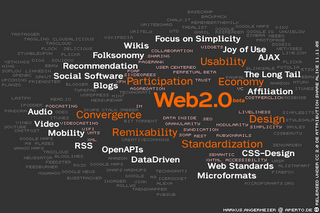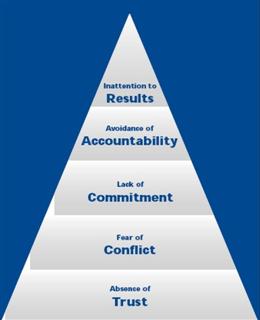What is SWOT Analysis?
It is strategic planning tool used in almost all projects in the corporate world to calculate the Strengths, Weakness, Opportunities and Threats involved in it.
Why and Where used?
One can say that as Hindu’s do “Sri Ganeshaya Namah” before starting any work, same way SWOT is used before implementation of any project. Its simple and precise definition helps to lay the strong foundation.
Trivia:
SWOT was first used by Albert Humphrey in 1960s. He was leading a research project at Stanford University when he used SWOT analysis.
Prerequisites:
There should be clear definition of the end state or objective that is to be achieved.
Explanation of SWOT Analysis:
Suppose your top objective is to double your business in next 3 years. How would you accomplish it? The clear picture is given in the example. Note you can have multi-level objective.
Now let’s go through
Strengths: The attributes of the company that would help in achieving the objective.
Weakness: The attributes of the company that would be harmful to achieve the objective.
Opportunities: The external elements that would be useful to in achievement of the objective.
Threats: The external elements that would be useful to in achievement of the objective.
 Now once the Objective seems to be attainable then we can cross verify the elements in each cell, by asking following questions:
Now once the Objective seems to be attainable then we can cross verify the elements in each cell, by asking following questions:1. How can we Use each Strength?
2. How can we Stop each Weakness?
3. How can we Exploit each Opportunity?
4. How can we Defend against each Threat?
What are the other strategic tools used in industry?
Frankly telling you there are numerous tools and normally companies don’t prefer ‘One size fits all’ solution. So they develop there own tools which fits their needs.
One such category of such tools is: Morphological analysis
Reference: SWOT Analysis, Customer Centric SWOT, SWOT Example.





